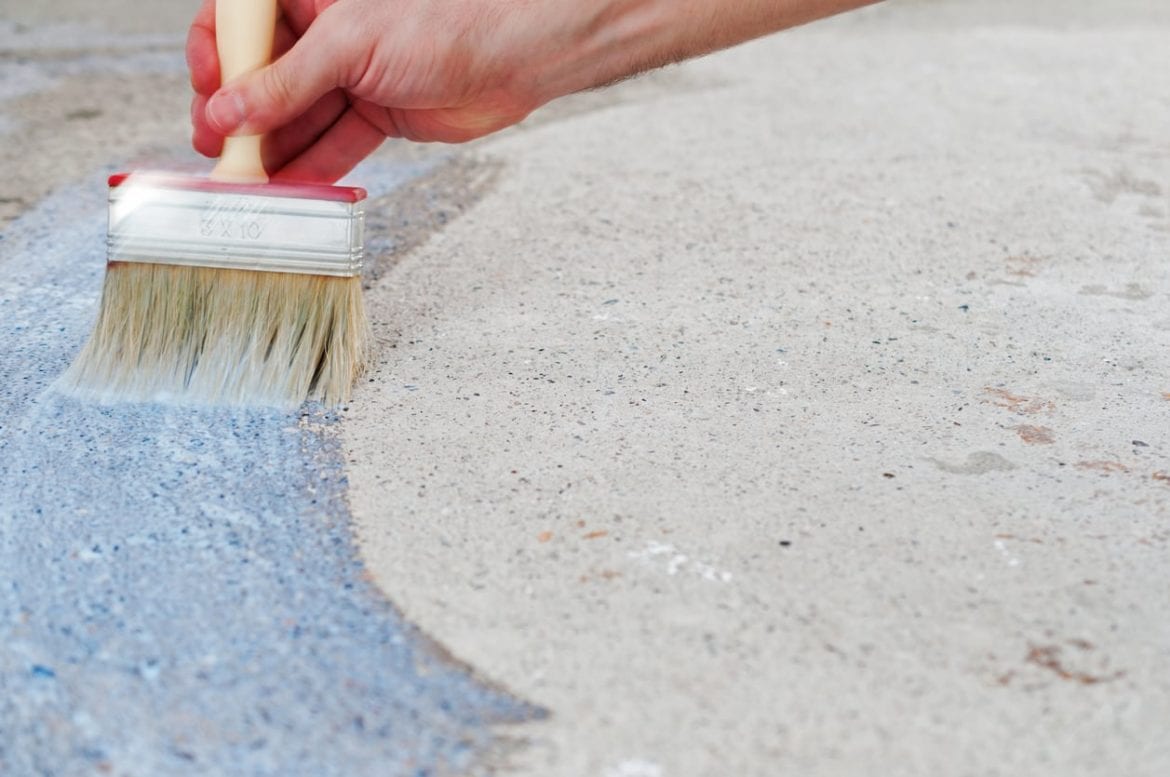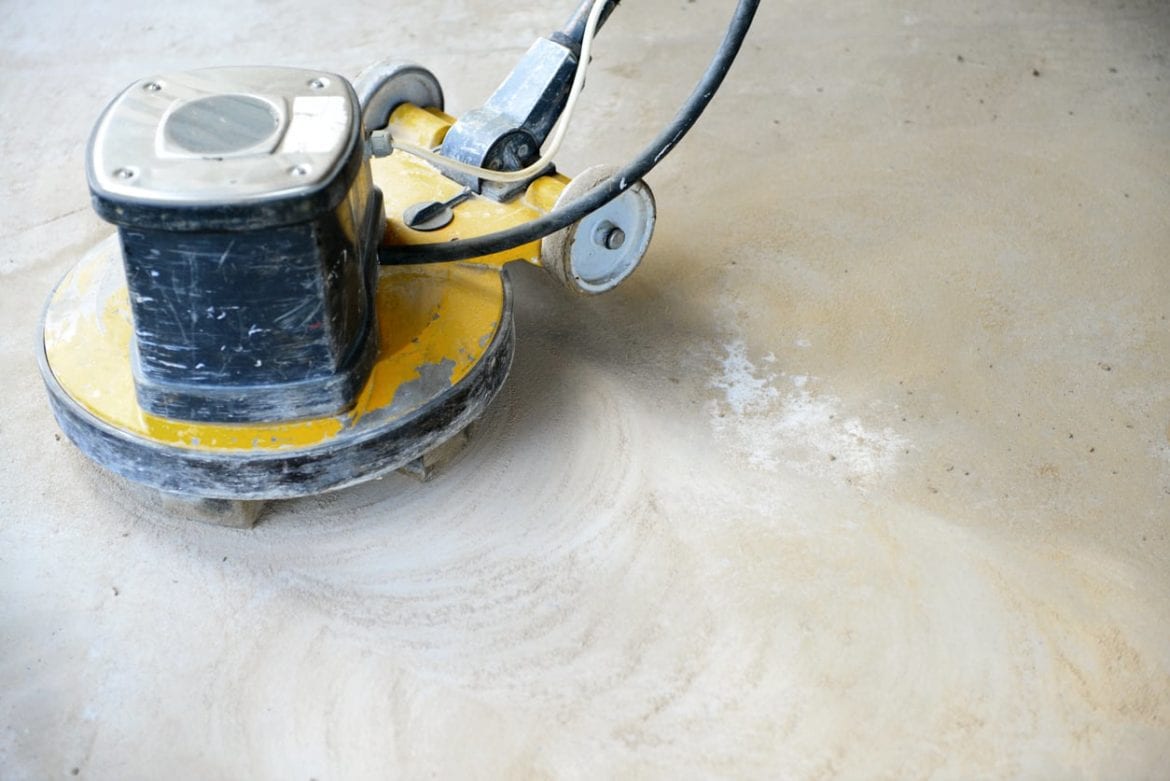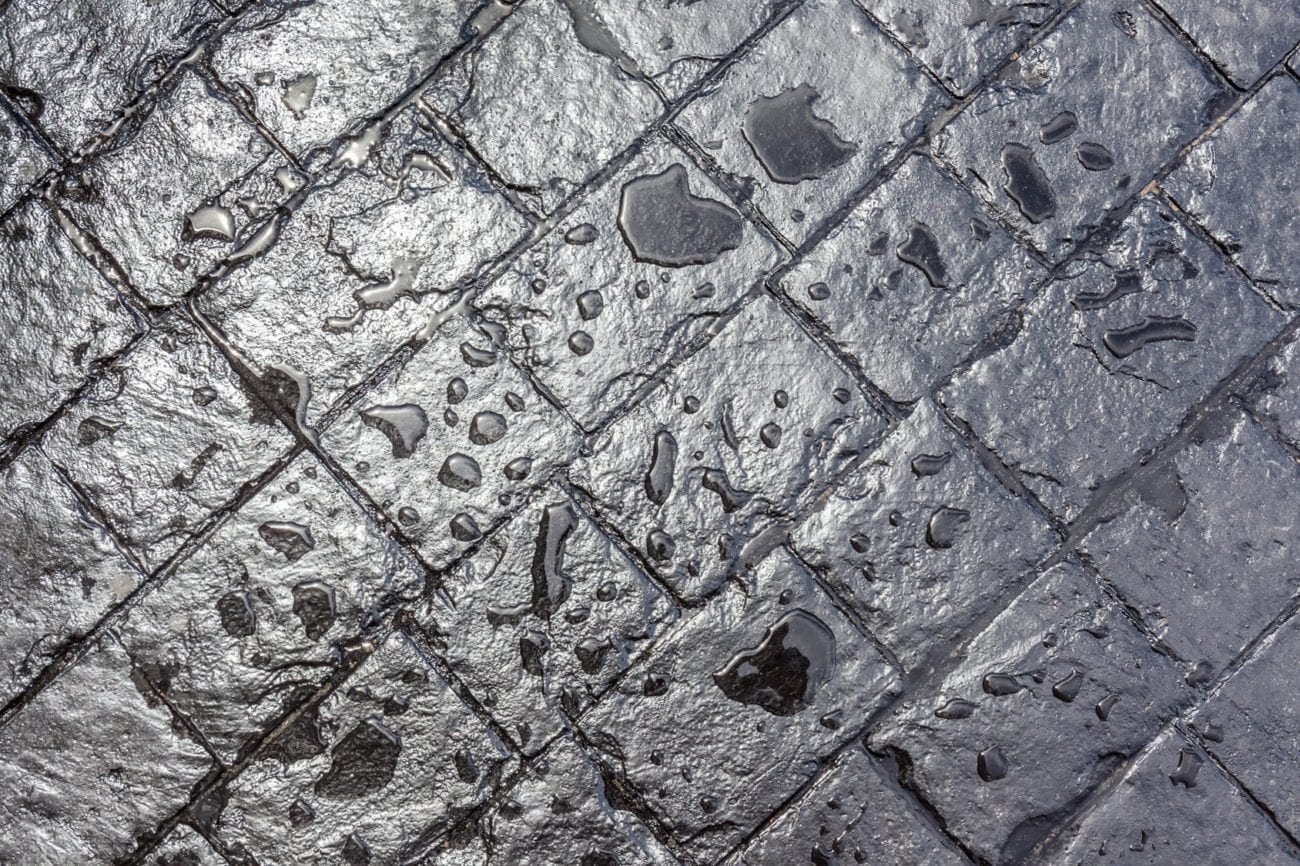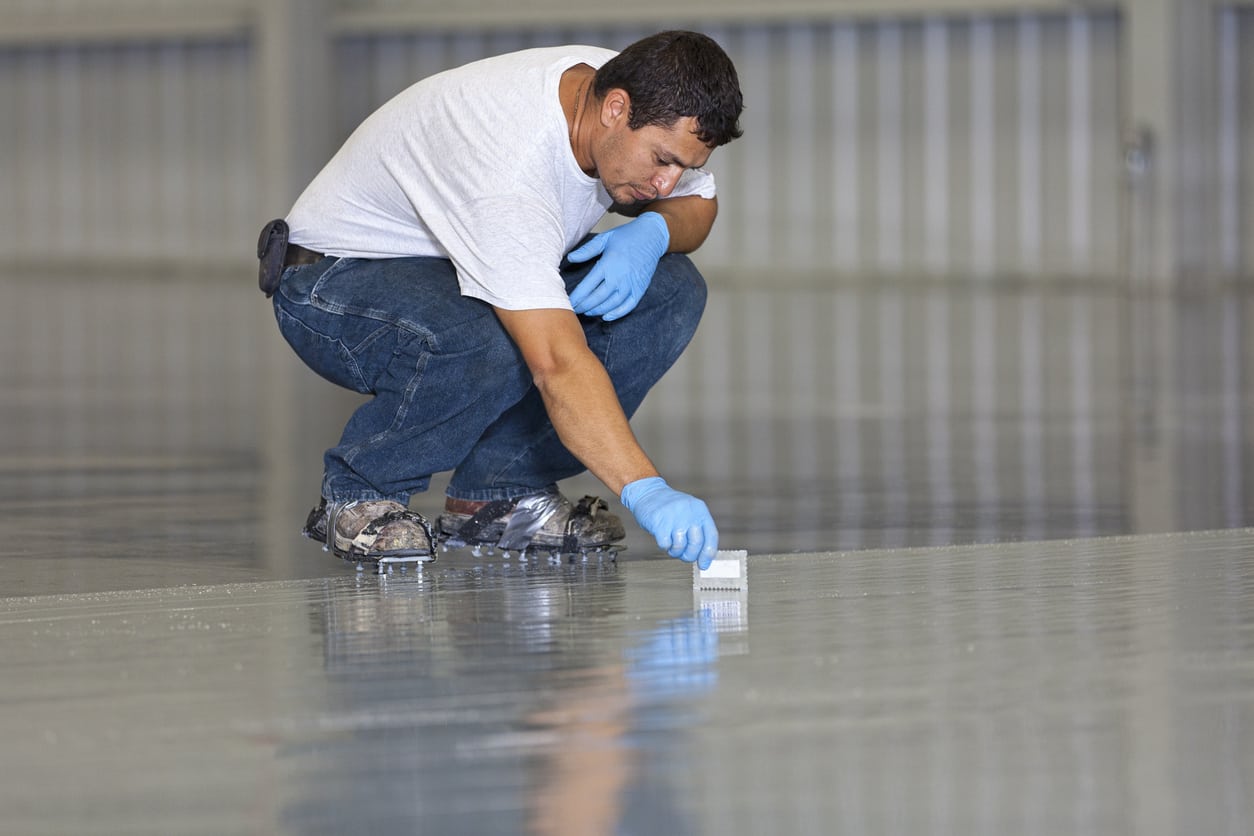The Siloxa-Tek 8500 manufactured by Kretetek Industries is an excellent example of a concrete sealer. The Siloxa-Tek solution is a special one that promises waterproofing protection. While many sealers offer this level of protection, which is such a huge benefit for people looking to protect their concrete, the Siloxa-Tek is of a different chemical make-up; it is, therefore, much better suited to locking out water.
The Siloxa-Tek is a silane/siloxane solution, which both penetrates within the concrete as well as giving it a level of surface protection. Because of this, water is locked out in two steps: from within and from without. The water will actually bead on the surface of concrete treated properly with the Siloxa-Tek 8500, so you can see the sealer in action. The sealer is water-based and VOC free, offering such benefits as preventing efflorescence and resisting stains, as would be expected of any high-quality sealer.
The Siloxa-Tek 8500, a DOT approved, water repellent impregnating sealer changes the surface tension of mineral substrates to produce a water repellent surface to keep water and aggressive water-soluble salts, such as chlorides and sulfates, out. Also the 8500 provides excellent resistance to freeze-thaw cycles, spalling, cracking and pitting. While the Siloxa-Tek 8500 is not suitable for every single concrete sealing project (such as for decorative concrete on a pool deck, for instance), it is one of the best choices for many of them especially driveways, sidewalks, roads and bridges. Readily available at HomeDepot.com this sealer is an excellent choice for most projects.
The longevity of concrete sealers is dependent on a number of factors. First being the type of concrete sealer, meaning its composition – acrylic, epoxy, urethane, silicate. On average acrylic sealers tend to need reapplication within a year or two of being applied. Since they are topical sealers adhering to the concrete they are prone to traffic which causes flaking, peeling and bubbling. There are some excellent acrylics out there, mainly water based acrylics, that will last up to 5 years before needing to be re-applied. Since water based versions do not leave a high gloss shine there is less risk of the aforementioned issues. Solvent based acrylics may peel, flake and decomposed quicker at signs of UV rays and traffic.
Epoxies and urethanes if applied to a clean surface with a good surface porosity (using an epoxy primer and urethane top coat) will adhere and last up to 10 years. Silicates on the other hand are penetrating densifiers which have no risk of peeling, flaking or bubbling. Through a chemical reaction they form a denser, harder, stronger slab which is why many companies offer lifetime warranties on these products. If your concrete is at no risk for water issues and you use a silicate densifier to seal the concrete you should not need to reapply or seal it.
Our Take: Look for companies like Kretetek and Stone Technologies, offering warranties on their products so you will be covered if their products do not live up to their claims.
DryLok has been around for many years with their traditional DryLok formula claiming waterproofing, yet never living up to the hype causing consumers trouble. Finally DryLok is out with a new patent pending formula. DryLok Clear Masonry Waterproofer. How does it perform and does it cause the same amount of headaches that DryLok the original latex based ‘waterproofer’ does?
DryLok’s website description states, “DryLok Clear Masonry Waterproofer is the first non-pigmented masonry waterproofer specifically formulated for use on bare masonry floor and wall surfaces. This technology provides a durable, waterproof, easy to clean, non-yellowing high gloss finish. DryLok Clear Masonry Waterproofer incorporates environmentally safe green biocides, to resist the growth of mildew on the dry paint film. DryLok Clear Masonry Waterproofer has been tested in accordance to requirements of ASTM D- 7088 Resistance to Hydrostatic Pressure at 4 P.S.I. and ASTM D-6904 Resistance to Wind Driven Rain of 98 mph.”
Claiming to stop hydrostatic pressure and wind driven rain while leaving a high gloss finish this acrylic latex based formula is still not the solution for concrete waterproofing problems. You would have thought with all of the knowledge out there about latex and water they would have come up with a different composition for their new product.
So what exactly is a silicate and why does every concrete sealer company offer and sell silicates? Silicates have been around for many years and sodium silicates have been used in concrete applications for over 100 years. As far as a concrete application silicates are used primarily as densifiers to harden and strengthen concrete. They are best applied to floors before they are polished since they give concrete the kind of shine you find on a floor of a big box hardware store.
Sodium silicates are the oldest of the silicate family and their claim to fame is a chemical reaction that takes place when the silicate comes into contact with Portland cement through a process called hydration. Calcium Silicate Hydrate is produced creating a stronger, denser substrate also reducing the porosity of the concrete slab. Potassium and Lithium silicates are newer to the market place, essentially working the same chemical reaction with a potassium or lithium carrier instead of a sodium one. Lithium silicates are usually more expensive that sodium silicates because of the smaller size of the lithium ions.
Our Take: Silicates are sold pre-diluted and concentrated and it is really up to the end user to decide if they want to dilute the material themselves to save on shipping or if they want to buy a diluted version to save on the hassle. VSeal and Hydrablock are good diluted varieties while Sila-Tek 3500 is sold concentrated and will give you the most bang for your buck.
The ever popular acrylic sealers dominate the market with claims of waterproofing, sealing, coating, and decorating. So what really is an acrylic concrete sealer good for? Acrylic sealers are topical solutions that are best known for giving a beautiful decorative high gloss shine or low sheen luster. Common applications include but are not limited to patios, driveways and pavers. The only problem with acrylic sealers is their longevity and their frequency to peel, flake and chip off.
When looking for a good acrylic sealer it is recommended to go with a water based version. Even though solvent based acrylics can last longer, they have a high VOC content, with noxious fumes that will not pass regulations in states like California. Water based versions are safer, and by reapplying them every 1-2 years they will last equally as long as their solvent based counterparts.
Good acrylics will also hold up to UV light without yellowing, fading or peeling from the suns heat. Good acrylics will not peel, flake or scratch and will even be able to hold up to salt, wind driven rain and they will be water repellent all while beautifying concrete. Common applications for acrylic sealers are usually exterior pavers, driveways and patios. Be careful not to use a high gloss variation on a pool deck since they can become extremely slippery.
Our Take: Acrylic sealers that last longer and hold up better than others on the market include Cryli-Tek 5500, Everclear VOX, and Decra-Seal WB
So what exactly is an epoxy coating good for? Well for starters have you ever seen a chip floor system? Have you ever seen a floor that holds up extremely well to chemicals, abrasions, and UV exposure? All of these scenarios most likely used an epoxy coating. Epoxies have been used for many years and are commonly applied to garages, warehouses, food preparation kitchens etc. because of their strength to withstand many solvents and chemicals.
Often used in conjunction with vinyl paint chip flakes and urethane top coats epoxies are a fantastic concrete sealing option. One of the downsides of an epoxy is the lengthy cure time. Taking upwards of 7 days to allow heavy traffic can definitely impact a project or large construction job. The most common use for an epoxy is as a primer in a high build floor system. The epoxy is usually first applied as a primer, then another epoxy is used as a base coat ending with a urethane top coat . The use of the three products together builds up the floor to a thick mill for added protection from wear, abrasion and chemicals. Often times epoxies come in clear and colored varieties allowing for decorative finishes with metallic sand or paint chips.






